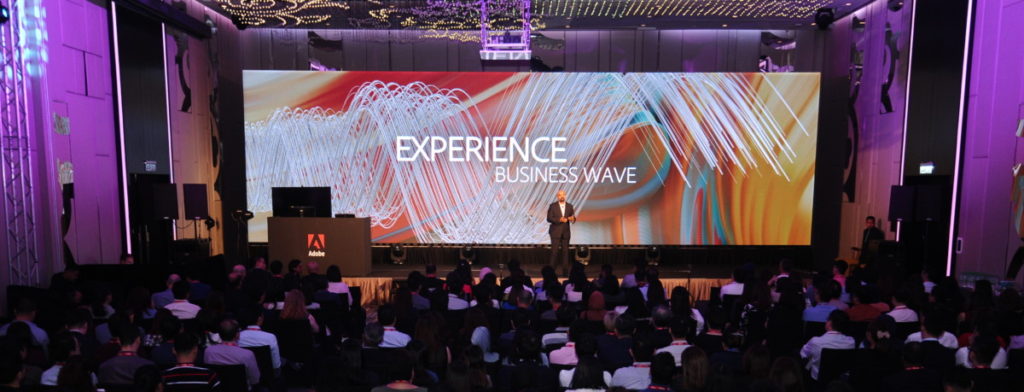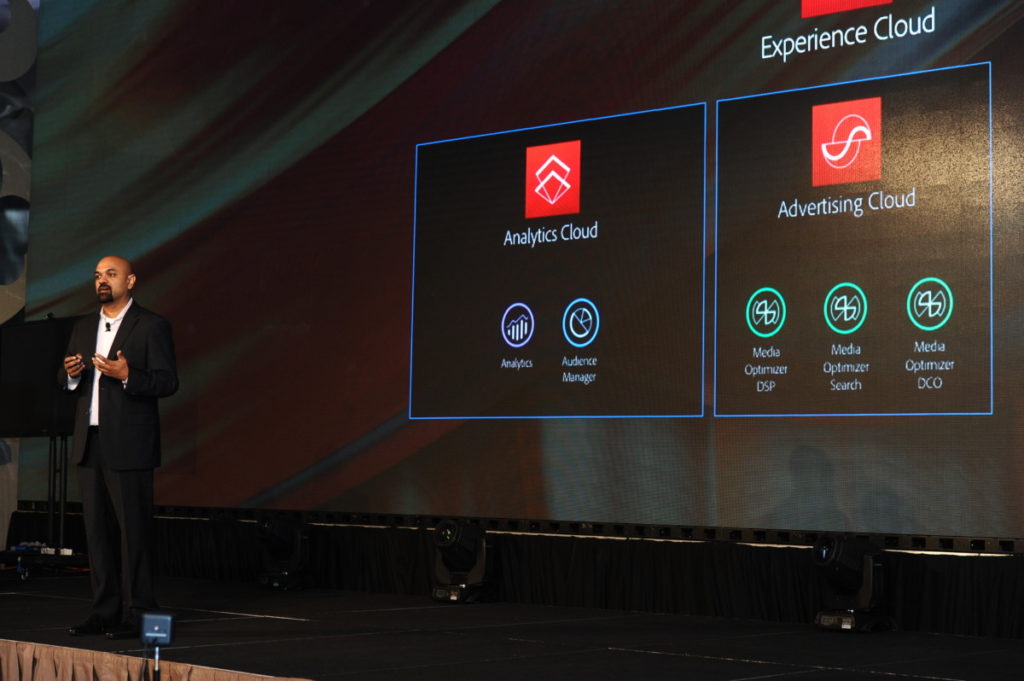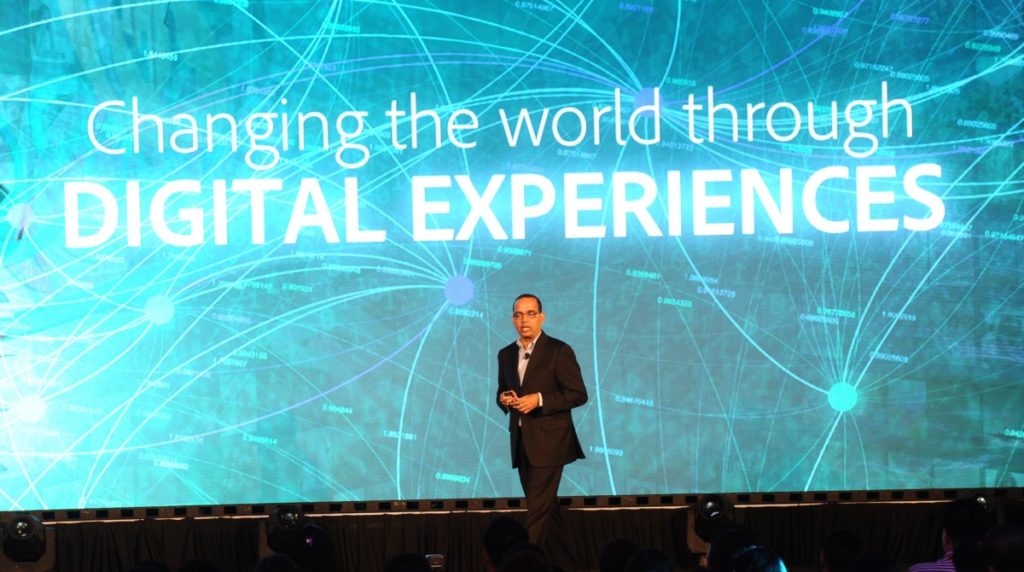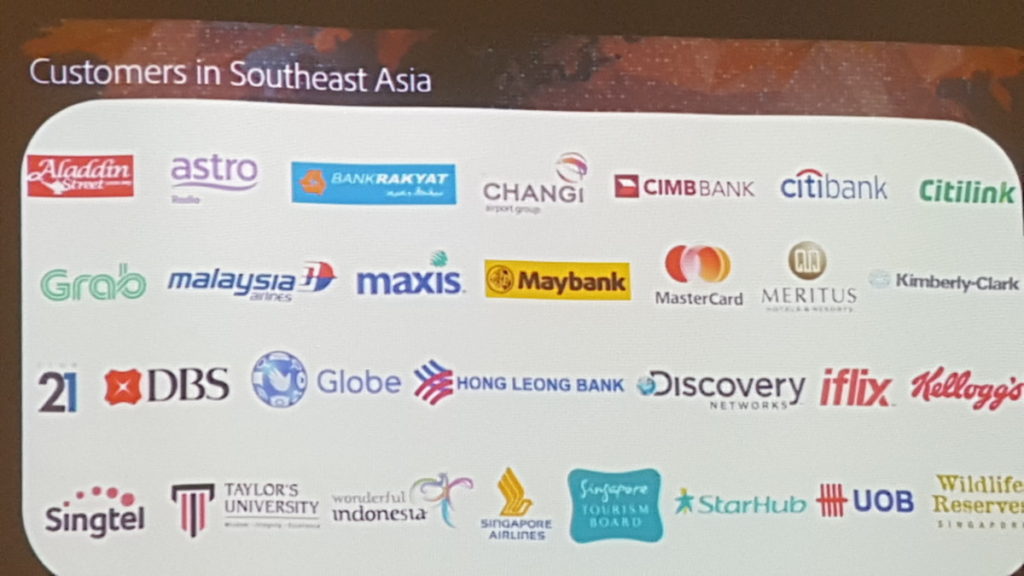
Adobe Experience Forum: Empowering brands to become Experience Businesses
Adobe, best known for their extensive array of graphic and desktop publishing software solutions that are the mainstay of creatives worldwide, shared their latest insights in digital marketing with over 250 of Malaysia’s top business leaders at their Adobe Experience Forum 2017 that took place in Kuala Lumpur last week. The forum saw some of the world’s most renowned digital marketing experts and Malaysia’s most prominent brands take the stage to share their experiences along with updates on the robust ecosystem and solutions that Adobe offered that enable customers to get a decisive edge over the competition.
The third of a series of three experience forums that took across Southeast Asia, the Malaysia leg of the Adobe Experience Forum saw a host of Malaysia’s most prominent brands such as Grab, Maxis, Taylor’s University and Hong Leong Bank approach the lectern to share their experiences with Adobe’s Experience Cloud.

For the uninitiated, Adobe Experience Cloud is a comprehensive set of solutions that consist of the Adobe Marketing Cloud, the Adobe Analytics Cloud and the Adobe Advertising Cloud. Each ‘Cloud’ is a sum of the whole but combined, the entire suite of solutions offers businesses a powerful, integrated way to manage marketing campaigns, derive actionable data and the ability to gain deep insights on customers and markets so as to better deliver personalised content.
Crunching the Numbers
The event was a full-house affair that also saw Adobe sharing their latest, deepest insights, the aforementioned tools from the Adobe Experience Cloud and how to use them to transform businesses to become ‘Experience Businesses’. One of the key aspects of the forum was an in-depth study which Adobe dubbed the Best of the Best which examined average website performance across the top 20% – the crème de la crème – of the Asia Pacific region. The data from these findings was sourced from over 100 billion visits to over 3,000 websites across the region. This data is then scrubbed and anonymised to derive their findings and the numbers are truly insightful indeed.
To share these insights, Adobe held a briefing session with members of the media where Scott Rigby, Head of Transformation, Adobe and V.R Srivatsan, Managing Director of Adobe Southeast Asia went down to the brass tacks and showed their key findings of the Best of the Best study.
Despite falling desktop traffic across APAC, businesses in Southeast Asia were still driving consumer purchases largely via desktop versus cinching the deal on smartphones. Another key finding was that SEA businesses experienced the largest decrease in time spent on websites at 13% but conversely saw a 40% increase in smartphone conversion rates. As attention spans shorten and network quality improves in Southeast Asia, this forms an impetus for brands to engage with consumers.

From left: Scott Rigby, Head of Transformation, Adobe and V.R Srivatsan, Managing Director of Adobe Southeast Asia
For the top 20% websites in SEA, the facts were that they saw a decrease in desktop traffic in favour of smartphone interactions though SEA’s midrange ‘average’ websites saw the lowest decrease at 6%. The top 20% saw 57% more conversions on smartphones than their competitors. “While consumers in SEA are still making their purchases largely on the desktop, brands should not ignore the rise of smartphones that will fast overtake desktops,” said Scott Rigby during the session. He added,”SEA’s smartphone conversions have grown incredibly over the past year, but are still falling behind other countries measured, with significant room for improvements. Brands need to adapt quickly to this change in the way consumers are engaging on the web, to make gains for the decreased time spent and stickiness seen across almost every industry.”
Some of the other findings showcased during the session were:
-An 18% year-on-year increase for smartphone traffic in SEA to 37% but it still falls below the Asia Pacific region average of 39%
-SEA saw a 40% year-on-year increase in smartphone conversion rates to 0.7% but it still falls behind the APAC average of 1.1%
-Smartphone repeat visit rates decreased for the Top 20 in SEA, indicating that consumers are less likely to return to a website in the same month than in 2015
“Organisations that are overly dependent on desktop traffic, and not optimising on smartphones, may find themselves at risk of becoming obsolete as smartphone share of visits continues to multiply,” concluded Scott. To get an up-close look at the presentation, swing by here:



